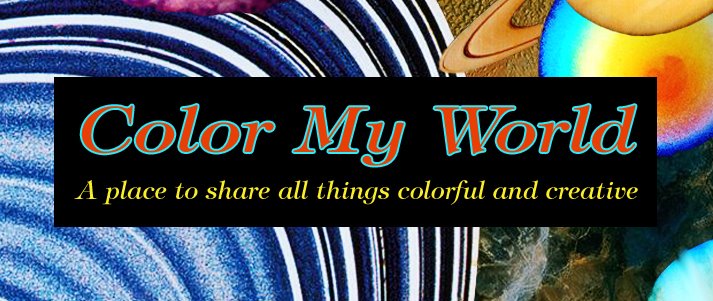Fabric 3
This is a fat quarter that somebody else dyed as part of an exchange. Not my style.
Not much better after the Setacolor and Lumier layer.
Front side. Another layer of Neopaque and Lumier. You can still see the stamped designs.
Back side looks a lot better than the front.
Fabric 4
I'm responsible for this piece. It has layers of rubbings with paint sticks. It's pretty bad.
A layer of Setacolor and Lumier help, but it's still ugly.
Front side after another pounding with Neopaque and Lumier.
The back side of this piece is probably the most interesting of all.
I like the combination of Neopaque and Lumier paint, however, I don't like this pounding technique. If I were to do this again, I would paint the damp fabric, then scrunch it into a bag to dry. At least I would know beforehand that all the areas that needed paint received it.
I'm not quite ready to give up yet and will do one final coat to all the pieces using my technique. I want majority of the underlying designs to disappear. Before I do the final layer, I need to finish the quilting on a piece that will go on exhibit at the end of May.






















 I paint in my dining room now, so the dry time is much shorter and my tables are even!
I paint in my dining room now, so the dry time is much shorter and my tables are even! The colors are so rich and they have so much depth now. I feel like they are finally finished.
The colors are so rich and they have so much depth now. I feel like they are finally finished.
 This is Lora's beautiful painted fabric. We think the fabric is
This is Lora's beautiful painted fabric. We think the fabric is 
 My paint was diluted with more water for this one. As you can see the final effect is lighter. I used Kaufman
My paint was diluted with more water for this one. As you can see the final effect is lighter. I used Kaufman 


